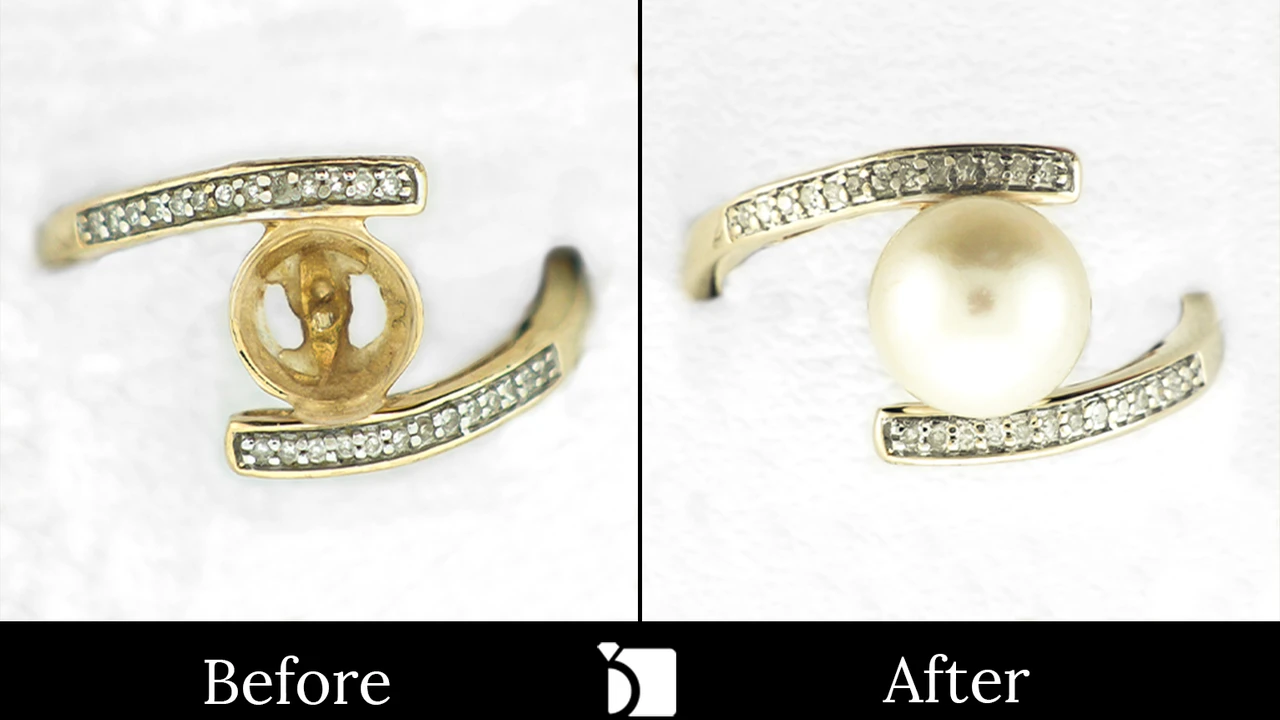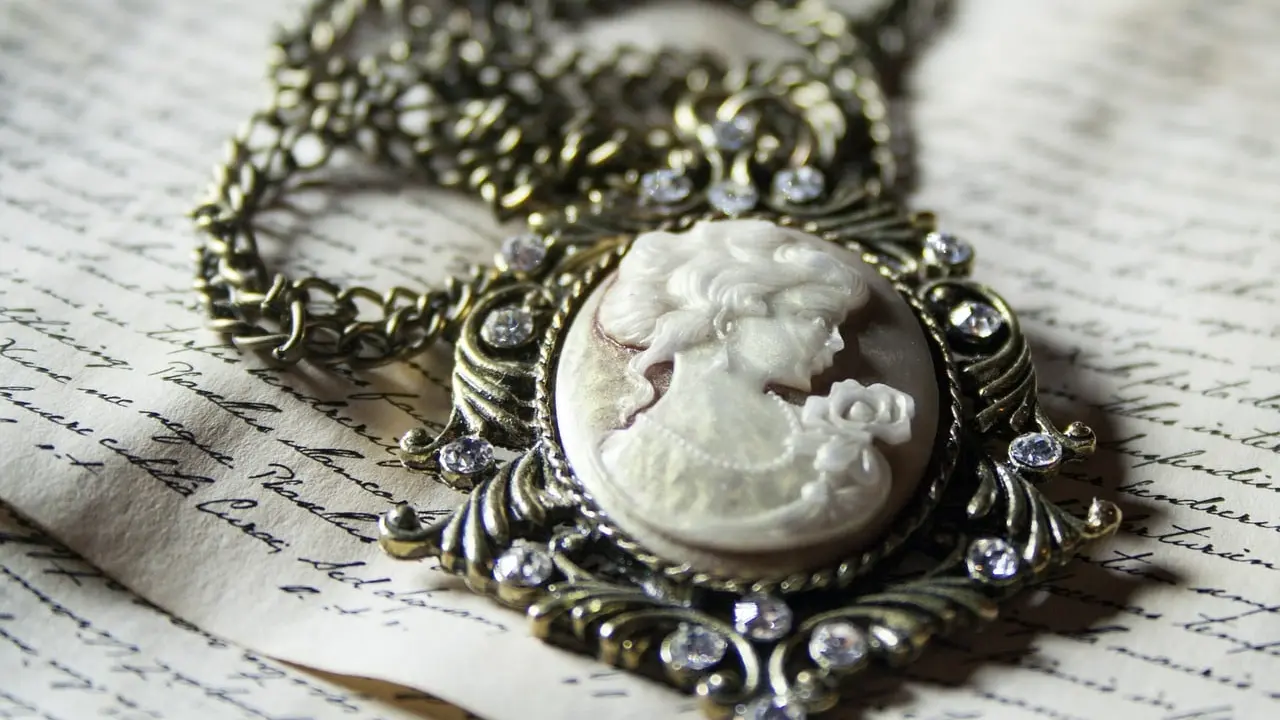The Ultimate Guide to Antique Pearl Jewelry
Explore the history and beauty of antique pearl jewelry Learn about different types of pearls, care tips, and how to identify genuine pearls.

Understanding the Allure of Antique Pearl Jewelry
Hey there, jewelry lovers! Ever been mesmerized by the soft glow of pearls? Antique pearl jewelry holds a special kind of magic. It's not just about the shimmering surface; it's about the history, the craftsmanship, and the stories these little gems carry. This guide is your deep dive into the world of antique pearls, from identifying them to caring for them, and even finding your own piece of history.
A Brief History of Pearls in Antique Jewelry
Pearls have been prized for millennia. Think ancient Egyptians, Roman emperors, and of course, royalty throughout history. In antique jewelry, you'll find pearls adorning everything from delicate Edwardian necklaces to bold Art Deco bracelets. Each era favored different pearl types and settings, reflecting the styles and social trends of the time.
Types of Pearls Found in Antique Pieces: A Detailed Look
Not all pearls are created equal! Here's a breakdown of the types you're likely to encounter:
- Natural Pearls: These are the rarest and most valuable. Formed without human intervention, they're often irregular in shape and have a unique, organic beauty. Finding a perfectly round natural pearl in antique jewelry is like winning the lottery!
- Cultured Pearls: These are created with human intervention, where a nucleus is inserted into the oyster to stimulate pearl growth. Cultured pearls are more common than natural pearls and generally more affordable.
- Akoya Pearls: Classic and round, Akoya pearls are known for their high luster and are often used in strands and earrings. You'll find them frequently in vintage pieces from the mid-20th century.
- Freshwater Pearls: These are grown in freshwater mussels and come in a wide variety of shapes, sizes, and colors. They're a more budget-friendly option and can be incredibly beautiful in their own right. Look for unique shapes and interesting colors in antique freshwater pearl jewelry.
- Seed Pearls: Tiny, delicate pearls often used in intricate designs. They were particularly popular in Victorian jewelry, adding a touch of understated elegance.
Identifying Genuine Antique Pearls: Key Characteristics
So, how do you tell a real pearl from a fake? Here are a few things to look for:
- The Tooth Test: Gently rub the pearl against your front teeth. A real pearl will feel slightly gritty, while a fake will feel smooth.
- The Luster Test: Real pearls have a deep, inner glow called luster. Look for a bright, reflective surface. Fake pearls often appear dull and lifeless.
- The Shape Test: Natural pearls are rarely perfectly round. Look for slight imperfections and variations in shape. Cultured pearls are generally more uniform, but even they will have subtle differences.
- The Drill Hole Test: Examine the drill hole where the pearl is strung. Real pearls will have a clean, sharp drill hole, while fake pearls may have a rough or chipped edge.
- The Temperature Test: Real pearls will feel cool to the touch initially, while fake pearls will feel room temperature.
Caring for Your Antique Pearl Jewelry: Dos and Don'ts
Pearls are delicate and require special care to keep them looking their best. Here's what you need to know:
- Do: Wipe your pearls with a soft, damp cloth after each wearing to remove any oils or perspiration.
- Do: Store your pearls in a soft pouch or jewelry box to protect them from scratches.
- Do: Restring your pearl necklaces every few years to prevent breakage.
- Don't: Expose your pearls to harsh chemicals, such as perfumes, hairspray, and cleaning products.
- Don't: Wear your pearls while swimming or showering.
- Don't: Store your pearls in a dry environment, as they can dry out and crack.
Antique Pearl Jewelry Styles by Era
Let's explore how different eras incorporated pearls into their designs:
- Victorian Era (1837-1901): Seed pearls were incredibly popular, often used in mourning jewelry or delicate floral designs. Look for intricate brooches and necklaces adorned with tiny pearls.
- Edwardian Era (1901-1910): This era favored delicate and feminine designs. Pearls were often paired with diamonds and platinum to create elegant necklaces, earrings, and brooches.
- Art Deco Era (1920s-1930s): Long strands of pearls, known as sautoirs, were a signature of the Art Deco era. Pearls were also used in geometric designs and paired with bold colors.
- Retro Era (1940s): This era saw a return to more substantial jewelry. Pearls were often combined with gold and gemstones in bold, glamorous designs.
Spotlight on Antique Pearl Jewelry Products: Recommendations and Price Points
Ready to start your own antique pearl collection? Here are a few examples to get you inspired:
- Edwardian Pearl and Diamond Pendant Necklace: Imagine a delicate platinum chain suspending a pear-shaped pearl surrounded by sparkling diamonds. Perfect for adding a touch of vintage elegance to a formal gown. Price: $2,500 - $5,000 depending on the size and quality of the pearl and diamonds.
- Art Deco Pearl and Onyx Bracelet: A bold statement piece featuring geometric patterns of pearls and black onyx. Ideal for adding a touch of Art Deco glamour to a cocktail dress. Price: $1,800 - $3,500 depending on the quality of the pearls and the complexity of the design.
- Victorian Seed Pearl Brooch: A delicate floral brooch crafted from tiny seed pearls. Wear it on a lapel, scarf, or even a hat for a touch of Victorian charm. Price: $500 - $1,200 depending on the intricacy of the design and the condition of the brooch.
- Vintage Akoya Pearl Strand: A classic strand of Akoya pearls, perfect for everyday wear or special occasions. A timeless piece that can be dressed up or down. Price: $800 - $2,000 depending on the size and quality of the pearls.
- Antique Freshwater Pearl Earrings: Unique and eye-catching earrings featuring irregularly shaped freshwater pearls. A great way to add a touch of bohemian style to your look. Price: $300 - $800 depending on the size and color of the pearls and the setting.
Styling Antique Pearl Jewelry: Outfit Ideas and Usage Scenarios
Antique pearl jewelry is incredibly versatile. Here are a few styling ideas:
- For a Formal Event: Pair an Edwardian pearl and diamond necklace with a classic black dress for a timeless and elegant look.
- For a Cocktail Party: Add an Art Deco pearl and onyx bracelet to a little black dress for a touch of glamour.
- For a Casual Outing: Wear a vintage Akoya pearl strand with a simple white t-shirt and jeans for a chic and understated look.
- For a Bohemian Vibe: Accessorize with antique freshwater pearl earrings and a flowy maxi dress.
- For a Touch of Vintage Charm: Pin a Victorian seed pearl brooch to a blazer or cardigan.
Comparing Different Types of Antique Pearl Jewelry: Value and Style
When choosing antique pearl jewelry, consider the following:
- Natural Pearls: The most valuable and rare. Expect to pay a premium for these.
- Cultured Pearls: More affordable than natural pearls, but still beautiful and classic.
- Akoya Pearls: Known for their high luster and round shape. A good choice for strands and earrings.
- Freshwater Pearls: The most budget-friendly option. Look for unique shapes and colors.
- Consider the Era: Victorian pieces tend to be more delicate and intricate, while Art Deco pieces are bolder and more geometric.
Where to Find Antique Pearl Jewelry: Trusted Sources
Finding authentic antique pearl jewelry requires some research. Here are a few trusted sources:
- Reputable Antique Dealers: Look for dealers with a proven track record and a good reputation.
- Antique Jewelry Auctions: A great place to find unique and valuable pieces.
- Online Marketplaces: Be cautious when buying online. Read reviews and check the seller's credentials. Look for sellers specializing in antique jewelry.
- Specialized Antique Jewelry Shows: These shows bring together reputable dealers from around the world.
The Investment Potential of Antique Pearl Jewelry
Antique pearl jewelry can be a good investment, especially if you choose rare or high-quality pieces. Natural pearls, in particular, have the potential to appreciate in value over time. However, it's important to do your research and buy from reputable sources.
:max_bytes(150000):strip_icc()/277019-baked-pork-chops-with-cream-of-mushroom-soup-DDMFS-beauty-4x3-BG-7505-5762b731cf30447d9cbbbbbf387beafa.jpg)






